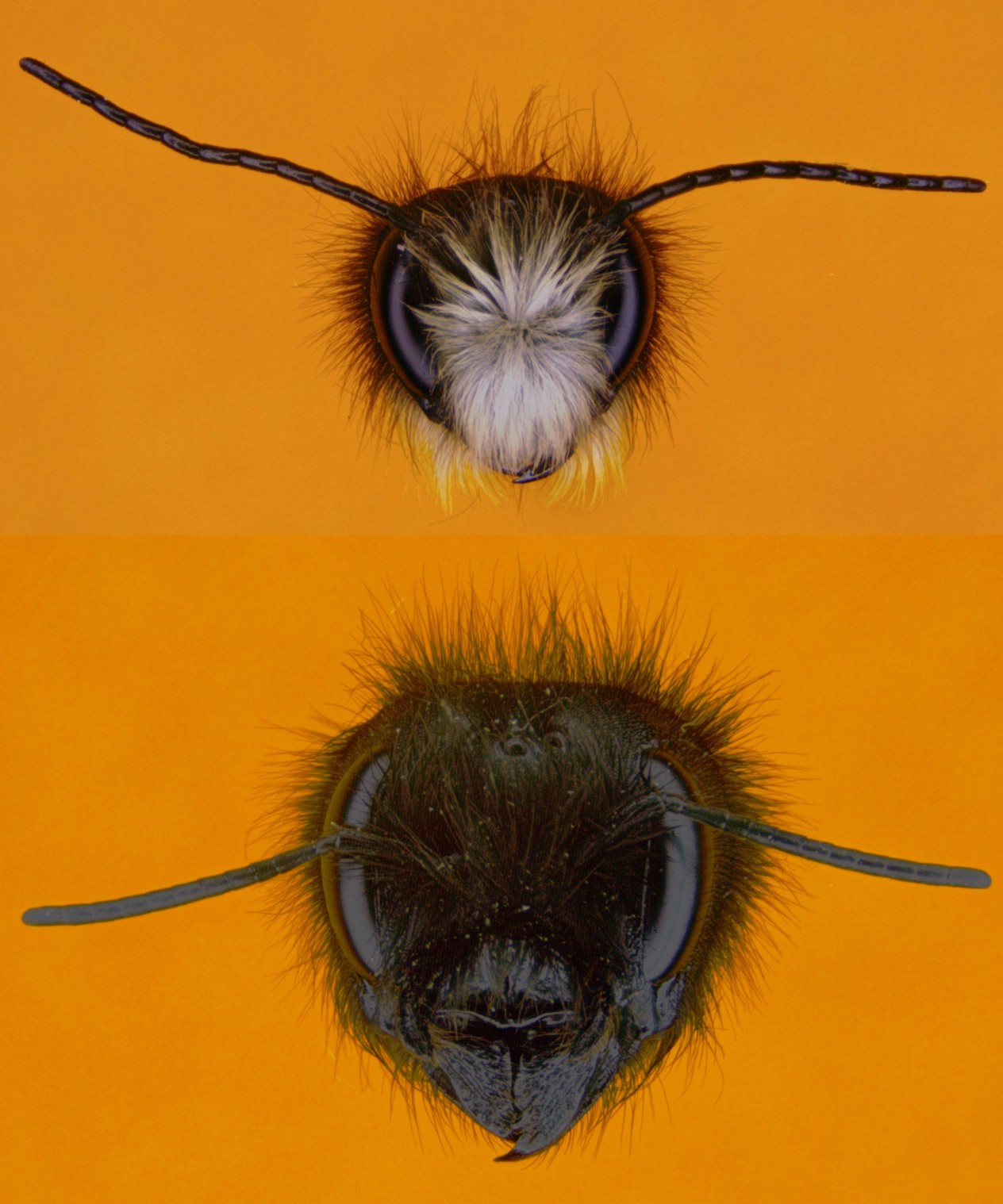
Contact
Tierphysiologie
phone: 26442
fax: 27152
karsten.seidelmann@zoologie...
room 8.05
Hoher Weg 8
06120 Halle (Saale)
postal address:
Tierphysiologie
06099 Halle (Saale)
Pheromones in Solitary Bees
Male pheromones (anti-aphrodisiacs) in Mason bees (Osmia)
Males of Mason bees (genus Osmia) possess sternit glands that produce an anti-aphrodisiac. On one hand, this pheromone serves as a kind of "self marking" and protects them from homosexual assaults by rivals, on the other hand it is transferred to the mated females after copulation. An anti-aphrodisiac mark reduces attractiveness of females and protects them, or at least reduces, sexual harassment by other males long enough until females change their own volatile bouquet. Males of several Mason bee species use different species-specific substances as anti-aphrodisiac. However, all these compounds are chemically related. The diversity of pheromones within the genus Osmia shall be studied in this project.
Pheromone bouquet changeover in monandrous females of Mason bees to signal unreceptivity after mating
Female Mason bees are monandrous and mate only once in their lives after the emergence from their maternal nest. A few days later they start to construct and provision their own nest(s). Sexual harassment of males to mated females disrupts brood care. Therefore, mated females should change their volatile bouquet, that signals receptivity at emergence, within a few days in a way that they become unattractive to males. This changeover could autonomously happen driven by age. On the other hand, signalling of unreceptivity of mated females is considered to be a result of a copulation. In the Red Mason bee, however, a copulation seems to be not generally necessary for a bouquet changeover. The aim of this study is to identify the factors that trigger the changeover and the involved substances.




